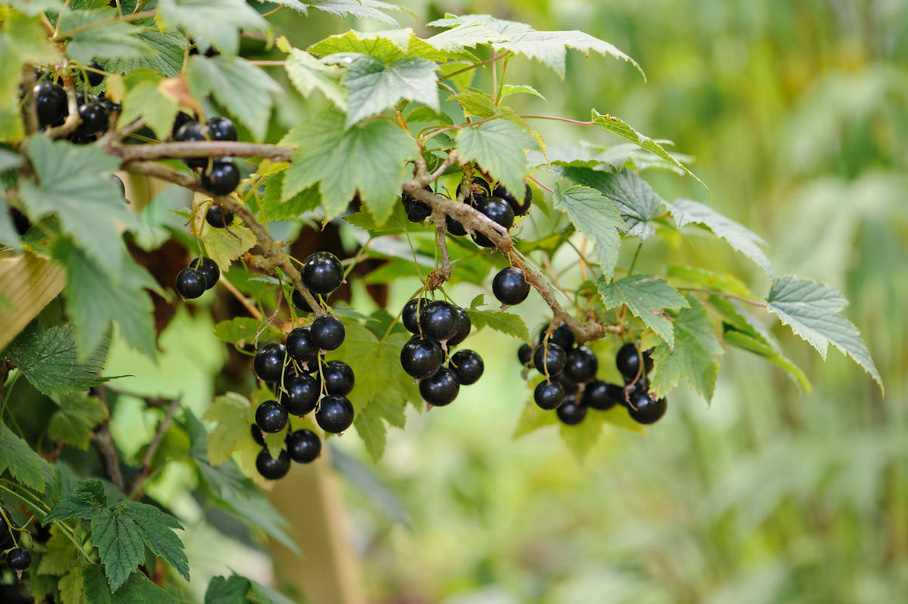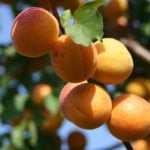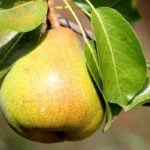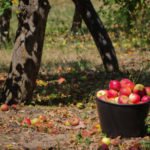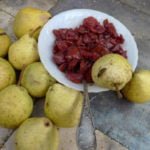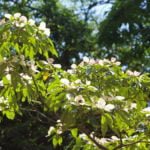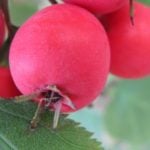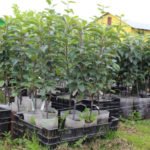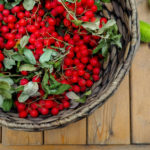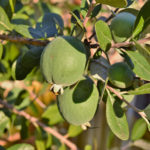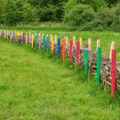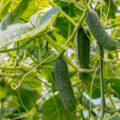Aging is inevitable for any living organism, and black currant in the world of berry bushes is not considered a long-lived. Over time, the bush declines, and the gardener faces the question of what to do with it. It is often a pity to lose the harvest of berries of a good variety, uprooting the “old man”. To prolong the active life of the plant, you can rejuvenate it.
The peak of fruiting of black currant reaches about 4-6 years of life (shifts are possible depending on the variety). At this age, the bush shows the maximum it is capable of: the quality of berries, their size and quantity. Of course, provided proper care — timely fertilizing, treatments and competent pruning, which should be carried out annually.
Older bushes are starting to age.
Signs of aging
In addition to such a factor as age in years, you may notice the following signs of aging of the plant:
- a decrease in the quality of the harvest — berries are tied a little, ripens even less, they themselves become smaller, the taste and aroma become worse;
- increased susceptibility to diseases and pest attacks, despite good care.
At the same time, the bush grows greatly in breadth, there are very few zero shoots in the spring, and in general the appearance becomes untidy.
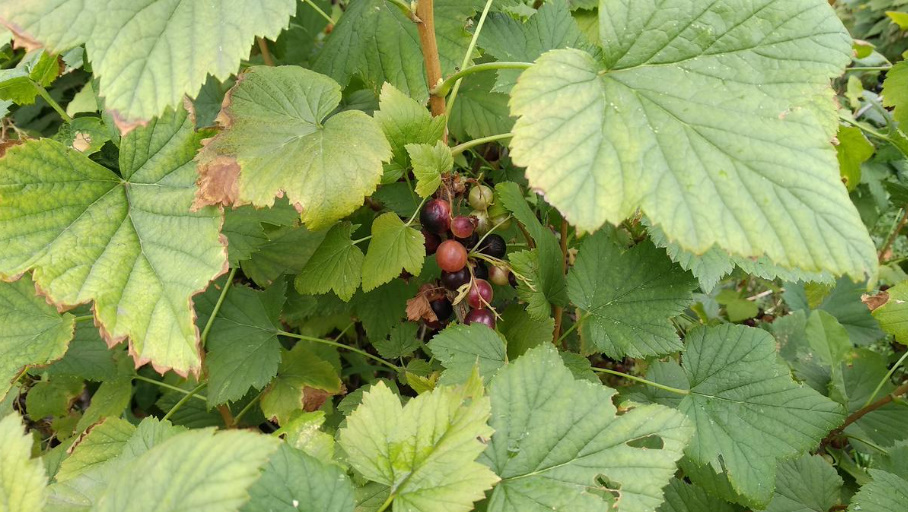
Often such bushes go to a gardener who bought a summer cottage from the old owners, especially if the garden stood without care for several years. However, personally grown currants are also gradually slowing down.
The first thought that arises: uproot — and lay a new berry. In some cases, when everything is really bad, this is exactly what should be done. But in this way you will lose, firstly, the harvest of berries for the next couple of years (at least), and secondly, if you have a really decent variety growing, there is a chance that you simply will not find the same seedlings. Therefore, it is worth doing the following — propagate the existing bushes by cuttings or layering (or plant the purchased seedlings), and rejuvenate the old bushes, prolonging their productive life for another 2-3 years.
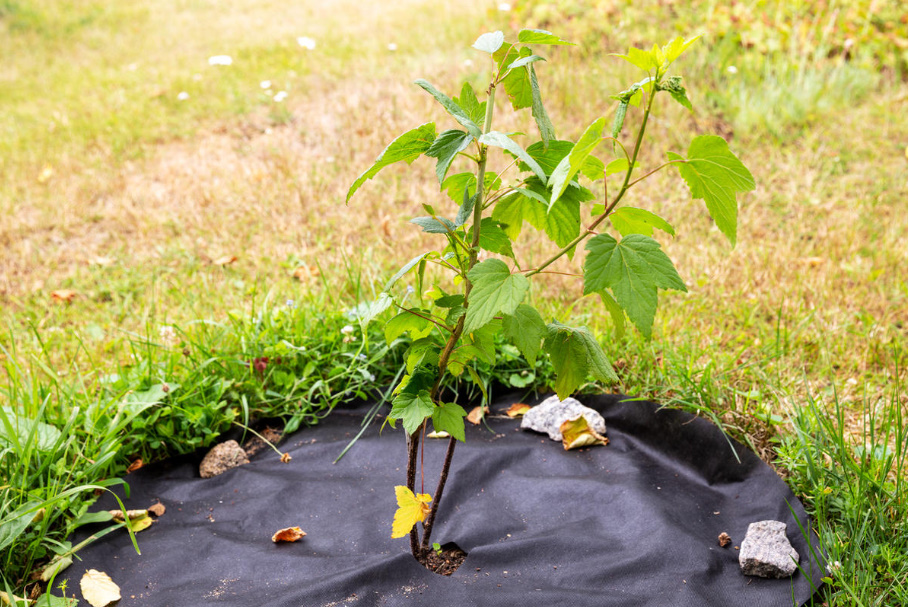
Rejuvenating pruning of old currants
Starting pruning, you need to understand its meaning, which consists in good thinning of the bush, removing very old shoots, as well as all affected by diseases or pests. As a result, we should get a plant with a small number of branches, each of which will have good access to light and air. At the same time, the load on the tired root system of the bush will decrease.
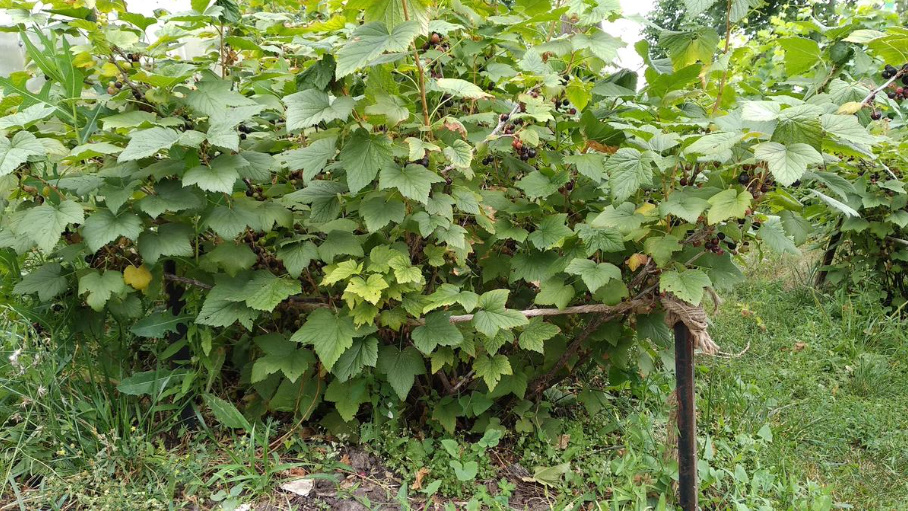
When to crop
This procedure can be carried out in early spring, while the kidneys have not yet woken up, or in late autumn, after leaf fall. It is often very difficult to do this in the spring: the currant wakes up early, when there may still be snow around, and it is simply impossible to get close to the bush. On the other hand, damaged, frozen or diseased shoots are better visible in spring. In autumn, it is easier to prune the bush, and it is not necessary to wait until all the leaves fly off — yellowing of at least half of the foliage is enough.
You need to rejuvenate the bushes, starting from the age of 5-6 – and do it every next year. However, keep in mind that the life span of black currants is only 8-9 years, after that a good gardener uproots old plants completely: by this time the roots become non-functional and can no longer supply the above-ground part with everything necessary to a sufficient extent.
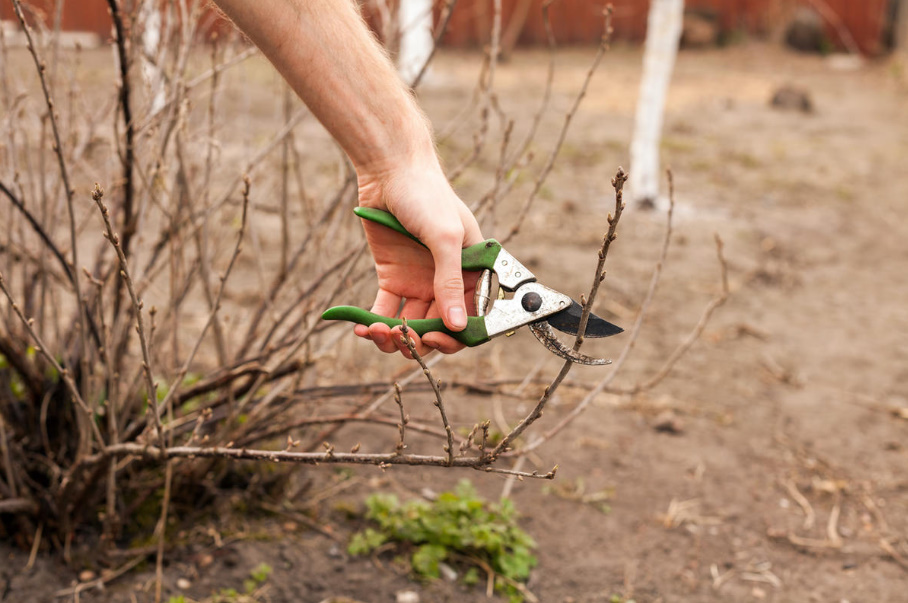
Pruning should be carried out in dry weather at plus temperature. The tools must be sharp and disinfected (this is important!), the removed branches must be removed and burned after work.
The pruning process
First you need to evaluate the appearance of the bush to determine which shoots need to be cut first:
- these are branches with mechanical damage;
- strongly curved, affected by diseases or pests;
- shoots with dark, almost black bark (older than 5 years);
- lying on the ground or in close proximity to it.
After their removal, stumps are left about 2 cm, this is the optimal length, it is not worth doing less, and it is unlikely to work.
Then remove the branches growing inside the bush and therefore always in the shade, as well as very thin (poorly developed) zero shoots. If in the summer you marked unproductive branches (without berries), then remove them as well.
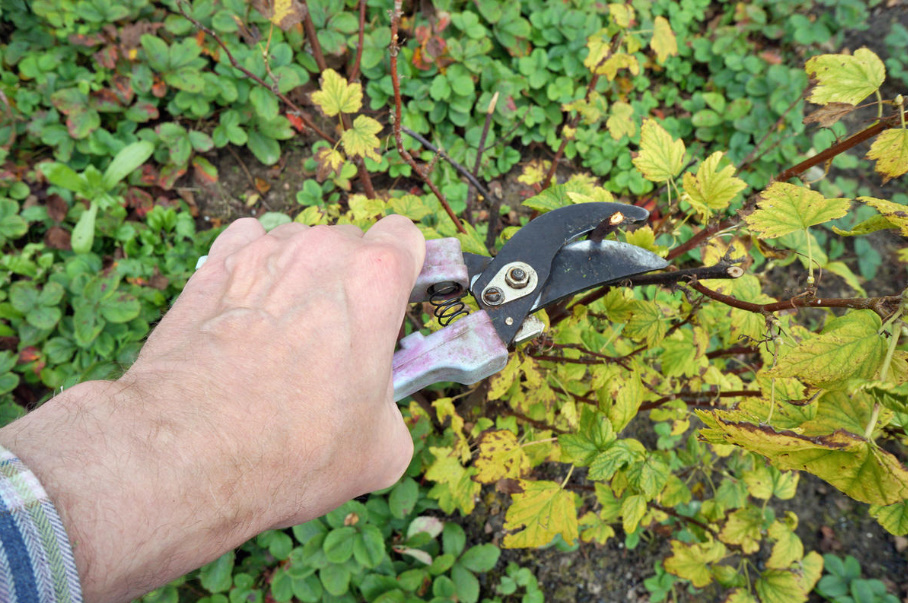
As a result, it is necessary to leave 3-5 healthy young shoots of 2-4 years of age and a few good zero ones (if available) in case of freezing in winter. This procedure can be carried out not cardinally, but stretched for 2 years, if the age of the plant still allows. The final touch is to shorten the adult branches (not zero) to well-ripened wood. This will serve as an impetus for branching.
Care for a rejuvenated plant
After the autumn rejuvenating pruning, it is necessary to loosen the trunk circle shallowly along the diameter of the crown and remove weeds if necessary. In the spring, such plants will have to pay more attention. After a strong pruning, the ratio between the “tops” and “roots” of the bush shifts: in the spring, many new shoots can “shoot”, which will need to be removed, leaving a total of no more than 5.
It is necessary to weed out the weeds next to the currant, watering not often, but abundantly. To preserve moisture, it is desirable to mulch the soil along the diameter of the crown.
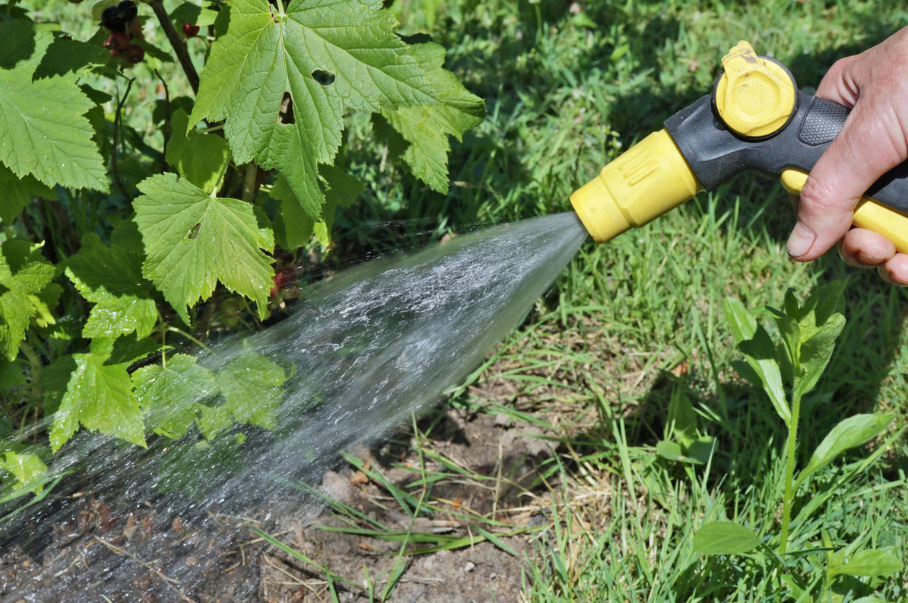
Rejuvenated currants are particularly in need of fertilization. In the spring, nitrogen fertilizing will be required, it is best to use humus for this, pouring it under the bush. You can use urea (about 40 g per plant), introducing it into the groove along the perimeter of the crown. During the season, the bush will also need to be fed to get a return from it.
It must be said that black currant is a rather plastic plant, and therefore you should not be afraid to take up its pruning even for beginners. Let it take you a while to get everything right, but you will gain your own experience.
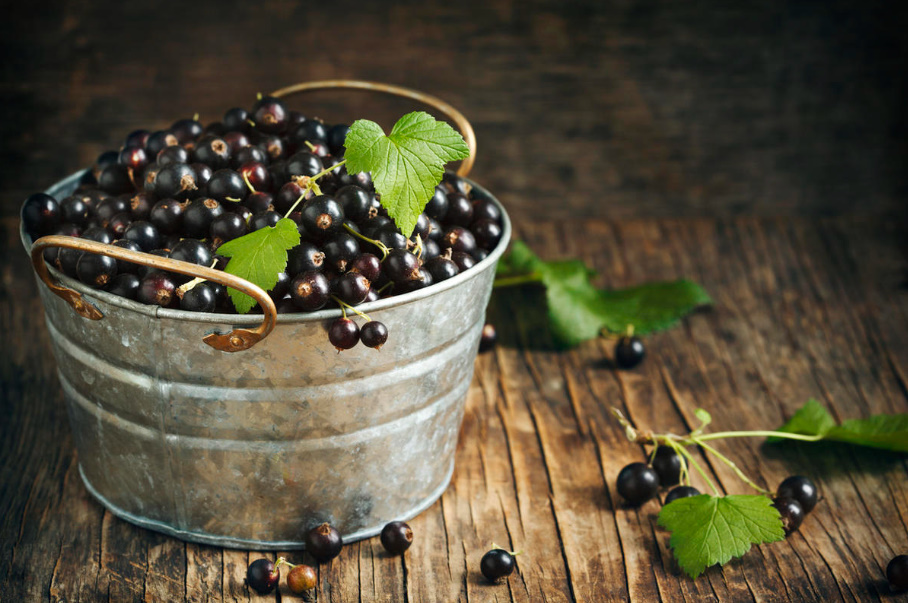
With the help of rejuvenating pruning, you can win at least 2-3 years with old bushes, and then new currants will come into force, which you will grow from cuttings or layering. And then it will be possible to send the “old men” to rest with a calm soul.
Do you rejuvenate your black currants? Share in the comments the secrets of how you do it and which varieties you consider worthy of preservation.
